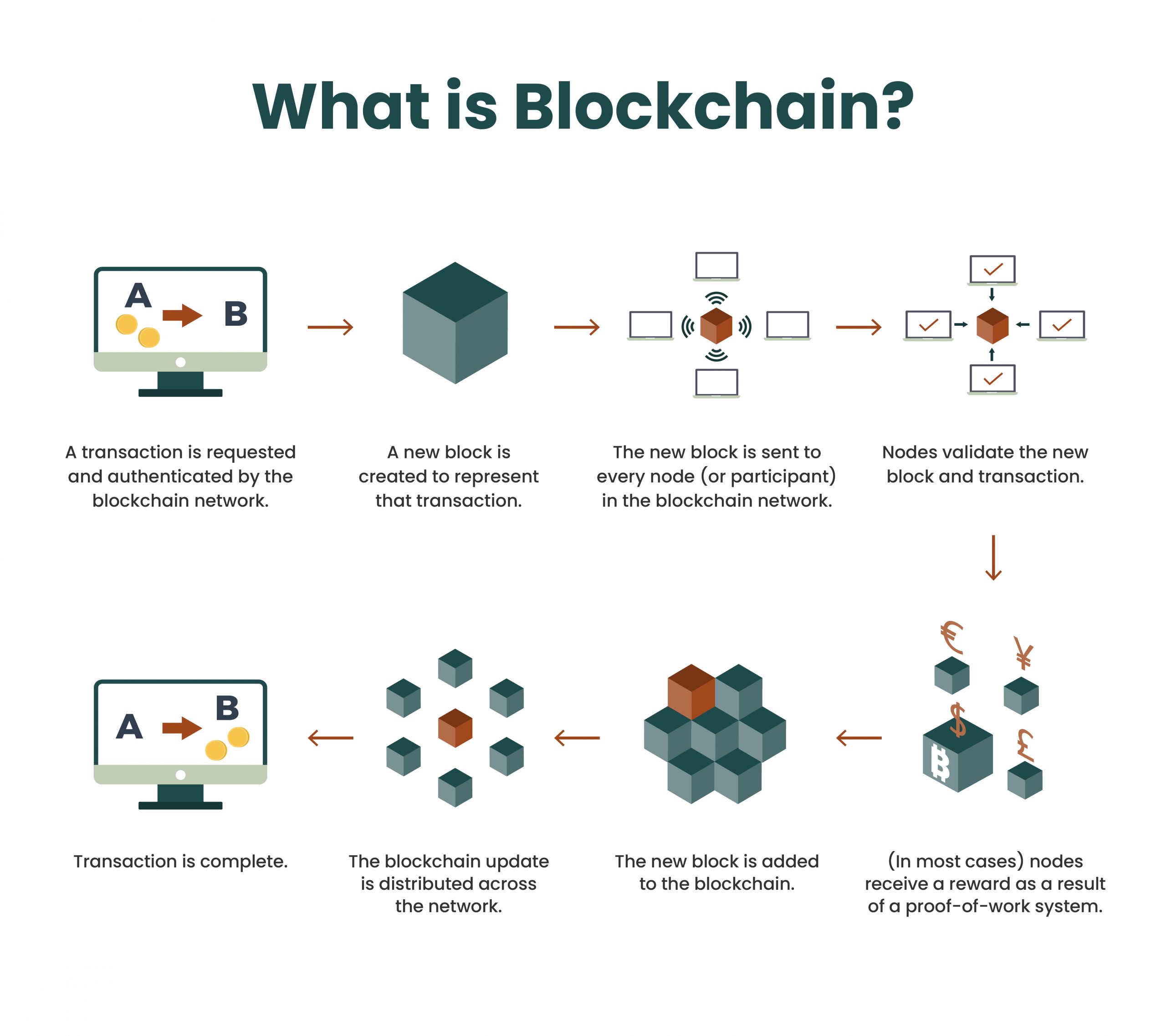What is an NFT?
NFT stands for “non-fungible token,” but for anyone encountering this term for the first, it may require further explanation. If an asset or piece of currency is fungible, it can be swapped for another similar item without changing value. So if you and your friend trade one-dollar bills, you each still have a dollar, meaning that dollar is fungible. Even cryptocurrency is fungible, in that exchanging one bitcoin unit for one bitcoin unit at the same time results in equal value. “Non-fungible,” then, refers to something that is unique and unable to be duplicated. So, a non-fungible token is a non-replicable deed stating that you own something. That “something,” in this case, is a piece of digital art.
The popularity of art NFTs stems from the fact that digital files are easily replicable. If someone makes a video, for example, it’s difficult for them to own it in a way that means other people don’t have access to it in the same way. If a video is posted to the internet, someone can simply download the file and have a copy as well. However, the meaning of art ownership is very different online than it is in person. Think of how hard it is to forge a painting compared to how easy it is to download a digital image. A piece of digital art isn’t composed of unique brushstrokes — but instead a unique grouping of ones and zeroes.
NFTs are a solution to the problem of ownership in digital art. These “tokens” are essentially deeds claiming that the deed holder “owns” a piece of digital art. The specific terms of an NFT dictate the owner’s rights. For example, an NFT’s owner might be able to control how a file can be used or reproduced.
Since NFTs exist on blockchain — mostly the Ethereum blockchain — they are extremely secure and have unique identifying codes. While you technically could make multiple NFTs for the same image, song, or video, it’s not common.
It’s important to understand that, while NFTs assign ownership of a piece of art, it doesn’t mean other people can’t access the art. For example, if you spend $69 million on a digital collage by Beeple, what you gain is the ability to claim ownership of it, not exclusive access to it. Anyone can download a digital file of the collage, screenshot it, or even print it out. Only you, however, have the unique NFT that claims you own it. This means that, if this digital art has any future revenue attached to it (e.g., commercial usage or value), that revenue belongs to you.
In addition, as NFTs are securely stored on blockchain, there is a clear record of ownership, validating your claim to any future revenue or the proceeds from the sale of the NFT should you choose to sell it.
 Live Chat
Live Chat

